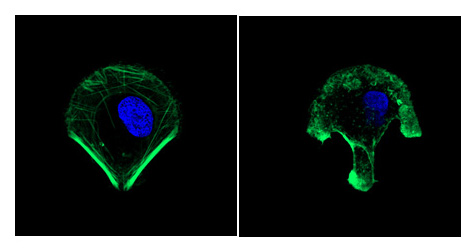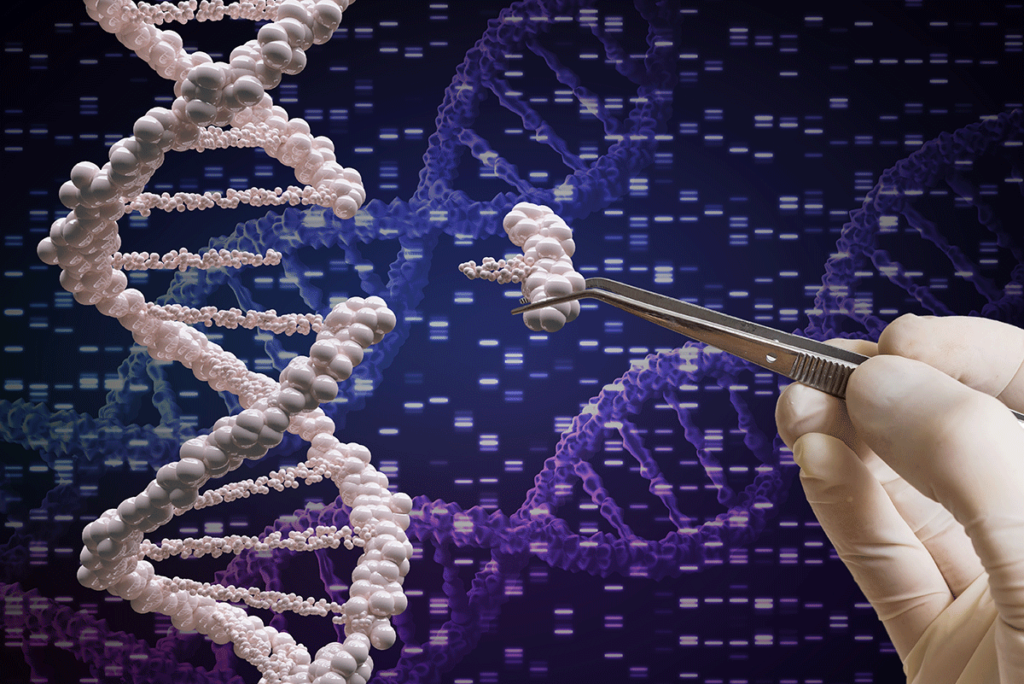Company Profile
Learn More About Us Here
Who We Are
EZ Biosystems™ is a worldwide developer, manufacturer, and provider of next generation transfection reagents and other gene delivery tools.
Built on our knowledge & expertise, powered by our vision & passion, EZ Biosystems™ has been dedicated to the research and development of next-generation transfection reagents in the past decade. Located near the University of Maryland College Park campus, we are proud of ourselves of being at the leading forefront of next-generation transfection reagent development and production.
Simpler, easier, and more efficient gene deliveries are EZ Biosystems’ promises to scientists in the life science research community.


Next-Generation Transfection Reagents
The major focus of EZ Biosystems™ has been on the research, development, and manufacture of next-generation transfection reagents —–the Avalanche® Transfection Reagent series, by applying our expertise in combinatorial chemistry, molecular biology, and cell biology. The following are some facts about EZ Biosystems on transfection reagent development:
-
R&D
EZ Biosystems™ has the most comprehensive R&D team dedicated to the development of cell type-specific transfection reagents. The team is constituted of scientists from a variety of disciplines such as combinatorial chemistry, lipid chemistry, biophysics, molecular biology, and cell biology.
-
High Throughput Technologies
Largest effort spent on designing, producing, and screening over thousands of new and existing molecules by using our High Throughput Technologies (HTT) for candidate components to be used in our Avalanche® transfection reagent formulations.
-
Cell Type-specific Transfection Reagents
EZ Biosystems™ has created the world's largest pool of cell type-specific transfection reagents. Around 180 Avalanche® Cell Type-specific Transfection Reagents have been created for the most efficient transfection on commonly used cell lines as well as on those well-known difficult-to-transfect cells, such as primary cells and suspension cultured cells.

